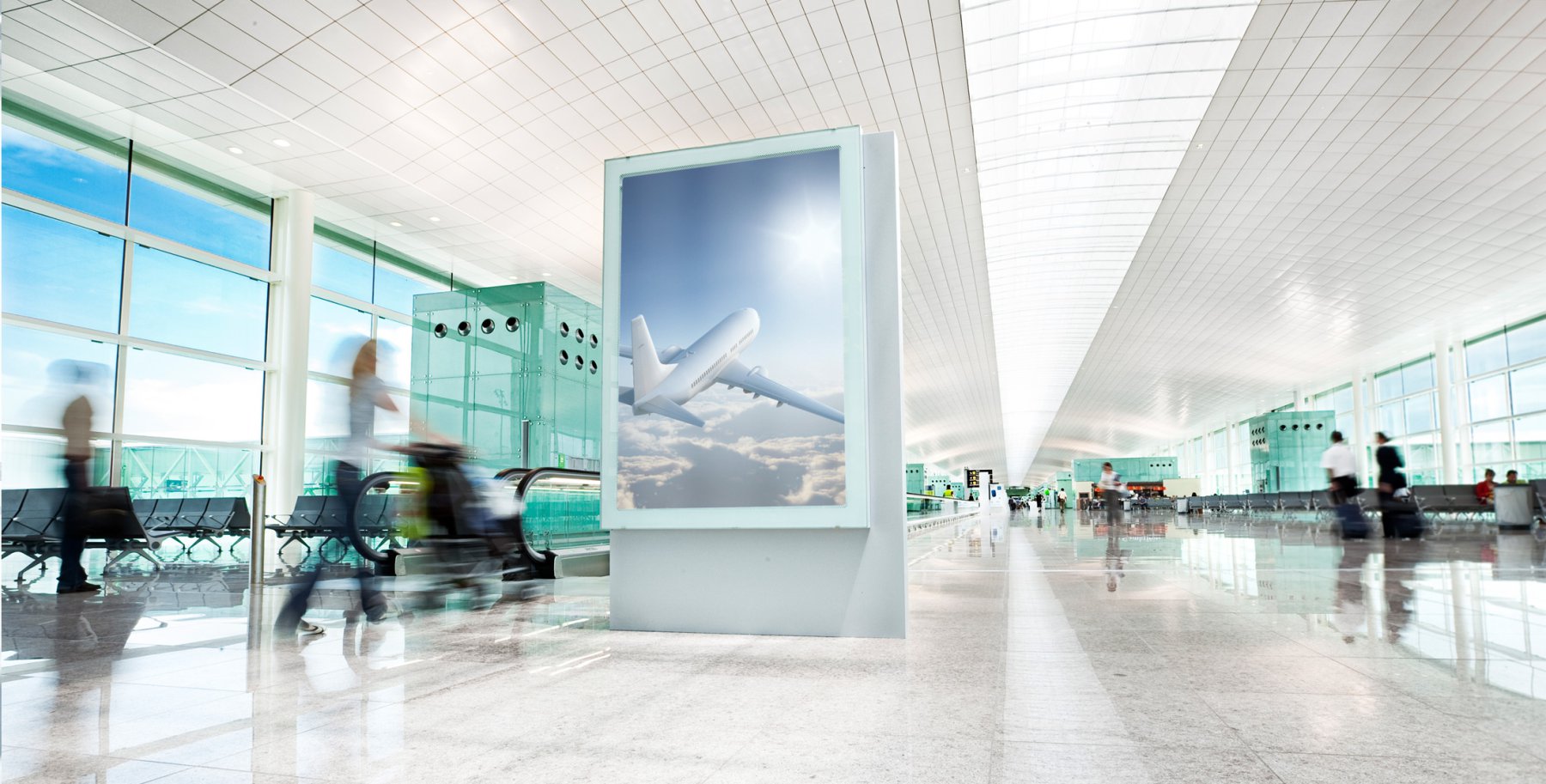Case studyCheck airports energetically and optimize them individually

Airports are logistics hubs, transfer rooms, gateways to desired places. As growing real estate, however, infrastructural challenges also lurk here that require clever energy strategies.
In our case, several tasks had to be mastered:
The airport expanded by leasing more space to external companies.
Not originally designed for this purpose, we solved the billing of heat and electricity supply for tenants and leaseholders. By combining our calculation tools and monitoring units, we were able to establish a transparent contract and billing structure. We took the allocation key as a starting point and created sensible units based on reference data.
The airport expanded by building additional real estate and leasing space.
A hotel was built on the site, which was to be connected to a power station 500 m away. There were no cost calculations and therefore no strategies for billing.
We start with a measurement on the supply line and calculated a 20% loss for the reference period. We analyzsd the efficiency and compared prices in the competitive environment. Our recommendation for risk and reward as well as a margin to be achieved formed the basis of the billing contracts with the hotel for the airport.
Like every airport, the airport needed highly secure networks.
We can handle highly secure networks and take precautions to prevent accidents and build up our energy supply with emergency power systems. We built secondary networks on the 2nd and 3rd level, using emergency generators and uninterruptedpower supply units (UPSs).
Specifics
Airports are subject to special security requirements, therefore, we must be able to offer highly secure networks. Challenges also arise with energy concepts regarding the leasing of large, open spaces to several different tenants.